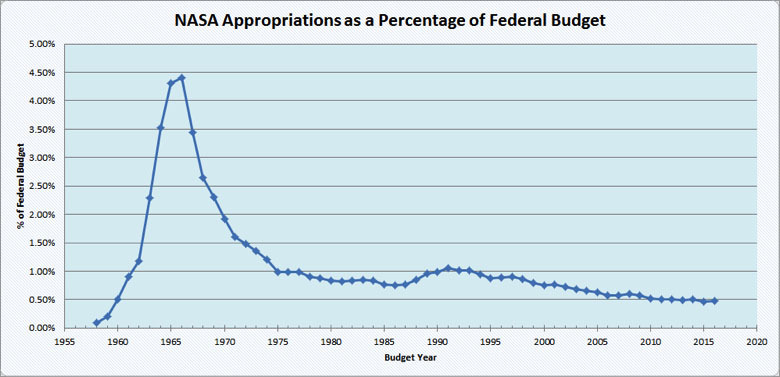
Newer, faster CMOS sensors also help eliminate image distortion because they need less time to capture images, and they're also getting larger and cheaper. The technology of adaptive optics and wavefront control is getting better and better and can be adapted to a 6.5-meter space telescope. But this is another area where ground-based telescopes have been a proving ground. For comparison, the JWST's mirror is made of beryllium and coated with a thin layer of gold.Ī borosilicate mirror in a space telescope would require adaptive optics. Borosilicate glass is used because it resists thermal expansion, is moldable at low temperatures, and is relatively inexpensive. Caris Mirror Lab 6.5 m light-weighted borosilicate honeycomb mirror without modification." Honeycombs have the same advantages as other solid counterparts but are lighter and can be significantly larger. The authors say there is a standard 6.5-meter mirror that almost fits the bill, the "… field-proven Richard F. This illustration shows the JWST with its primary mirror folded origami-like inside the launch vehicle. So instead of custom designing and building each mirror, we could reach a sort of economy of scale. Most of the cost of building a 6.5-meter mirror is in the primary optic material, and honeycomb borosilicate mirrors are relatively inexpensive. If that can be reliable, then the 6.5 mirror design could be used in multiple telescopes. "The fairing of the SpaceX Starship has the potential for a 6.5 m JWST-class telescope to be directly launched with a monolithic mirror, removing the cost and complexity of segmented mirror designs," they write. Launch restrictions were a significant financial burden on the mission.īut SpaceX's Starship should be able to load a 6.5-meter mirror in one piece.

That meant that it needed a complicated, expensive, and risky mirror that unfolded while it traveled to its position. The JWST's primary mirror was folded to fit into the Ariane 5's payload fairing. Not just the expense of a rocket launch itself, but by restricting the size of a telescope's primary mirror. Launching capabilities play a critical role in costs. "Thus, research and new economies of scale enabled by prior research into optics, commercial electronics, and the SpaceX StarShip could have a similar impact on space astronomy and drive the cost of multiple large observatories down into the regime between the NewSpace projections and ground-based observatories," they write. Ground-based telescopes saw a pronounced drop in costs after 1980, and the researchers say the same thing can happen with space telescopes. They can never be cheaper than ground-based telescopes, but ground-based telescopes simply can't perform the way space telescopes can. There's also no doubting their expense and their drain on NASA's budget.

They deliver results impossible to get in any other way. There's no doubting the scientific rationale for large space telescopes. It is available on the arXiv preprint server. They presented their paper at the SPIE Optics + Photonics 2023 conference in August. They've written a paper presenting their thoughts titled "Approaches to lowering the cost of large space telescopes." The lead author is Ewan Douglas, an Assistant Professor of Astronomy at the University of Arizona, Steward Observatory. However, a team of researchers thinks there are ways to bring the cost of space telescopes down. These space telescopes will likely be extremely expensive. NASA is already planning and developing the Nancy Grace Roman Space Telescope (formerly WFIRST) and the Habitable Worlds Observatory (formerly LUVOIR) for launch in 2027 and the late 2030s, respectively. The JWST is barely a year into its mission and we're already anticipating the next space telescopes.

Can we make space telescopes less expensive?


 0 kommentar(er)
0 kommentar(er)
